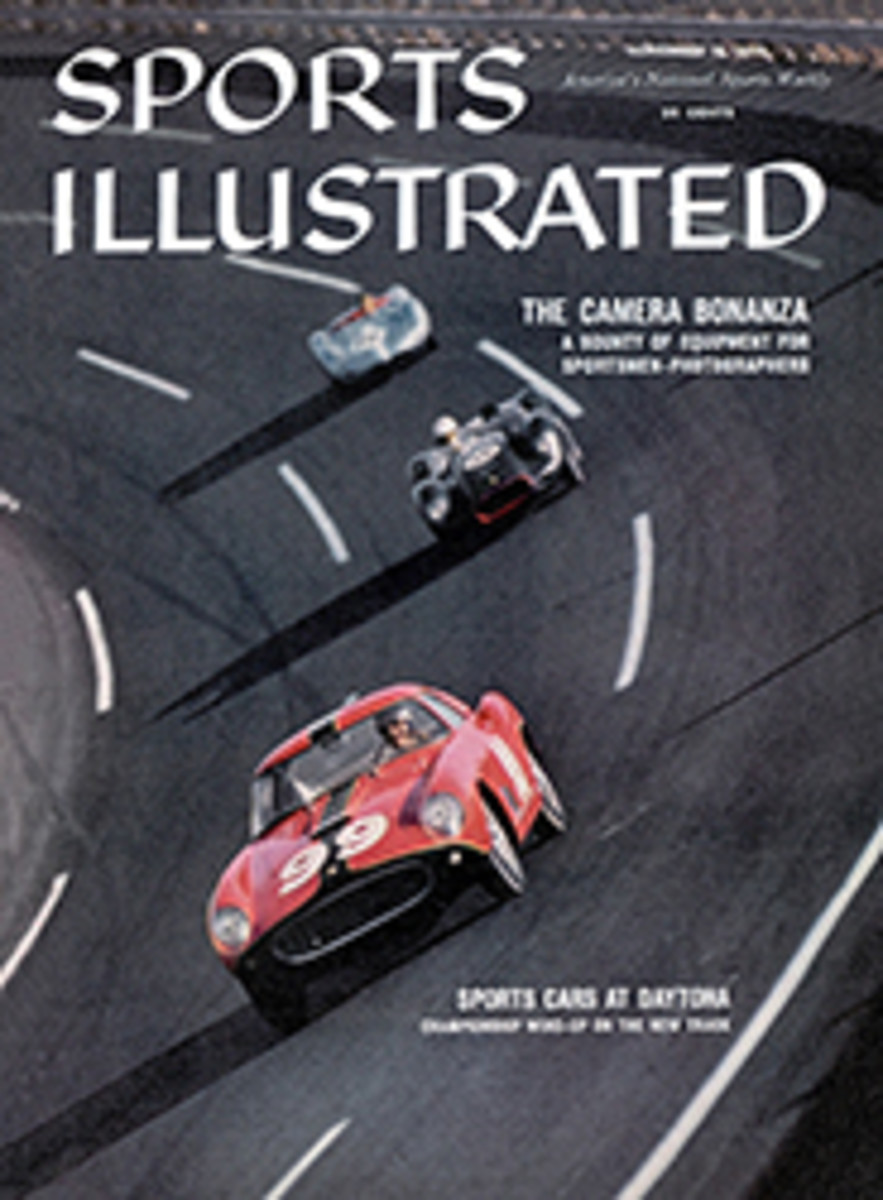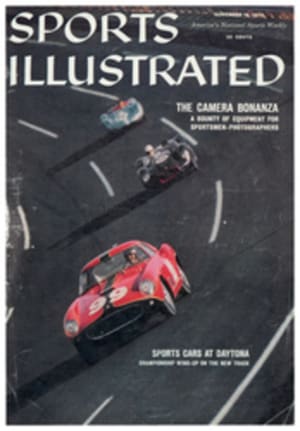
A remedy for shanking
The shank, I would reckon, is the worst of all golfing ailments. There are explicit causes that bring on shanking, but it is best not to describe them since it would only make players more conscious of things they are better off to have no mind of. One can be explicit, however, about the remedy for the shank. For quite a few decades now, golfers of all sorts and various degrees of skill have come to me when suffering with this malady and, I am pleased to say, have benefited almost on the spot from my prescription.
The first step in curing a shank is for the golfer to swing the club in an upright arc, keeping his hands exactly on the line of flight. At the end of the backswing, which should be very short, the butt of the shaft should be pointing directly toward the ground. At the end of the follow-through, necessarily short too, the same is also true: the butt of the shaft should point directly toward the ground. This corrective swing, as I have said, is a short one, the hands going no higher than the hips on the backswing or on the follow-through. There is a minimum of pivot, and the weight remains mostly on the left foot.
These steps provide you with a firm track to run on, but there's one point that must be stressed. On all short shots to the green—which is where shanking most often occurs—the ball must not be scooped with locked wrists. Hit the ball with a natural breaking of the wrists.
GEORGE GORDON, Wannamoisett CC, Rumford, R.I.
PHOTO
TWO ILLUSTRATIONS
NEXT TIP: Pat Devany on the wristwatch check

